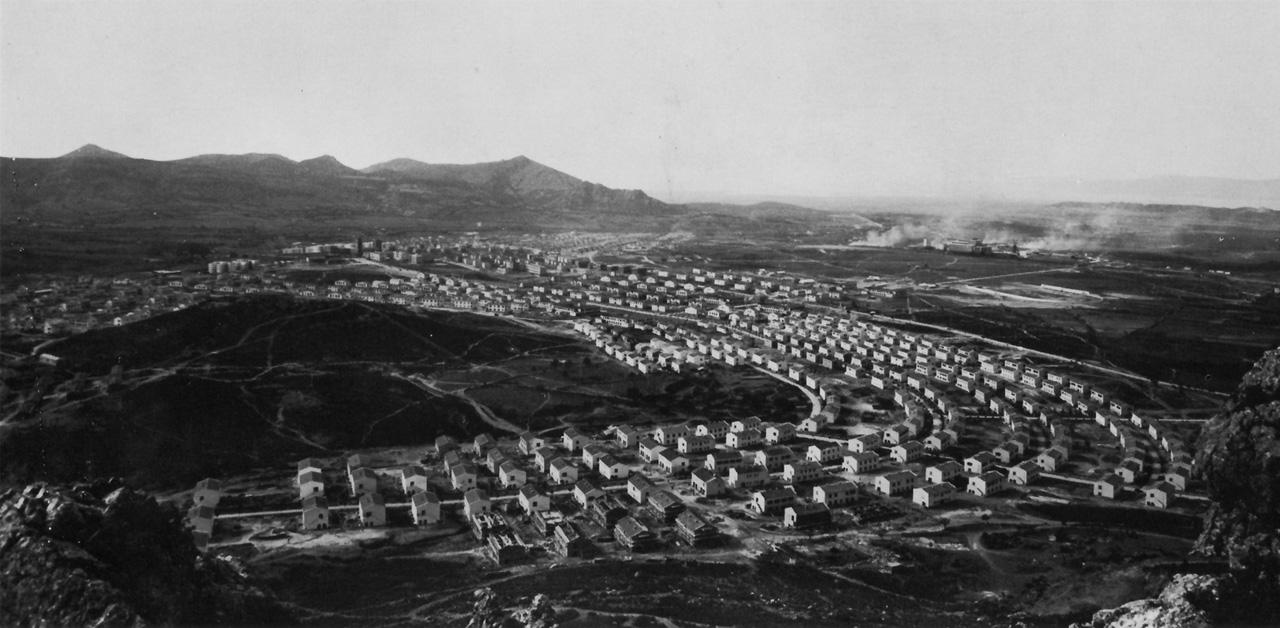
◊
Around us
The Museo del Carbone is included in several tourist routes of mining and architectural/urban interest.
It is one of the most important buildings of the CIAM (Carbonia Itinerari di Architettura Moderna)an urban itinerary that turns Carbonia into an open-air museum to make you discover the urban and architectural heritage of the town through routes that connect the most characteristic areas and buildings linked to major events in its history.
It is one of the must-see places on the Cammino di Santa Barbara, a 386km “ring” (407km, with route variations) crossing the Sulcis-Iglesiente-Guspinese region, which offers you the opportunity to see abandoned mines in the area and churches dedicated to the patron saint of miners.
It is one of the 8 areas of the Parco Geominerario Storico e Ambientale della Sardegna (Geo-mining Historical and Environmental Park of Sardinia), with a total area of 3800km2, making it one of the largest and most heterogeneous national parks in Italy, on an island characterised by an old mining history: eight thousand years during which, one after another, different peoples came in search of minerals, leaving their mark on a fascinating culture..
It is a representative member for Italy of the European Network of Coal Mining Museums (Rete Europea dei Musei delle Miniere di Carbone), which includes the seven major European mining sites converted into museums.
It is a member and Anchor Point of theERIH (European Route of Industrial Heritage),the European network of industrial archeology itineraries which currently includes over 1,850 sites in all European states, and as such it is included in two European Theme Routes, related to the mining industry and industrial landscapes, respectively.
It is a partner of the MINHER (Mining Heritage) , Generatore di sviluppo economico e turistico, project for economic and tourism development, which involves the towns of Carbonia, Labin (Albona) and Rasa (Arsia – coordinator) in Croatia, Velenje and Idrija (Slovenia), Rybnik in Poland, Banovići (Bosnia and Herzegovina) as European examples of revitalisation of post-mining sites.
